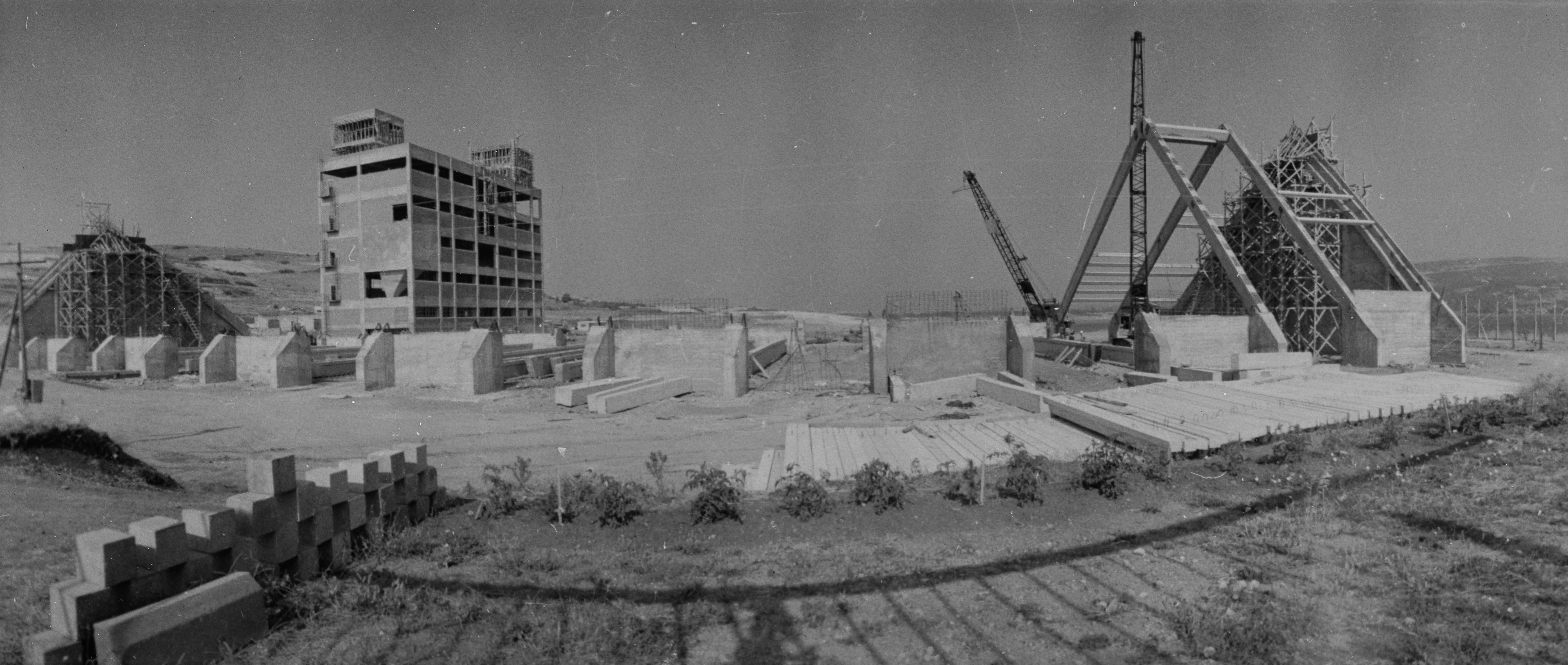Fallowing was prevalent in fertile agricultural regions with mild climates, such as western Anatolia, Thrace, and southeastern Europe. In areas with continental climates and lower population density, longer fallow periods were adopted.
See: Tevfik Güran, 19. Yüzyıl Osmanlı Tarımı (Istanbul: Eren, 1989), 89; İsmail Hüsrev Tokin, Türkiye Köy İktisadiyatı (Istanbul: İletişim, 1990, first published in 1934), 48.
See: Güran, 19. Yüzyıl Osmanlı Tarımı, 89; and Tokin, Türkiye Köy İktisadiyatı, 49.
Yahya Tezel, Cumhuriyet Döneminin İktisadi Tarihi (1923–1950) (Ankara: Yurt Yayınları, 1982), 376.
For example, in the province of Manisa, 2,000 to 3,000 tons of animal manure was used per square kilometer. See Tokin, Türkiye Köy İktisadiyati, 57.
Hüseyin Kazım, Ziraat Albümü (Dersaadet, Istanbul: Tanin Matbaası, 1914).
Donald Quataert, “Osmanlı İmparatorluğu’nda Tarımsal Gelişme,” Tanzimat’tan Cumhuriyete Türkiye Ansiklopedisi 6 (Istanbul: İletişim, 1985), 1562.
Nikola Kiryako, Patates Ziraati ve Kimyevî Gübre (Dersaadet, Istanbul: Matbaa-ı Hayriye ve Şürekâsı, 1915, first published in 1331).
“Fosforlu Gübreler,” Ekinci Mecmuası 5 (June 1913): 35–37.
“Anız Üzerine Yeşil Gübre,” Toprak Mecmuası 9 (July 1913): 148–152.
Aysu Özçaylak, Cumhuriyet Dönemi Ekonomisinde Yerli Malı Politikaları ve Uygulamaları (Ankara: Atatürk Araştırma Merkezi Yayınları, 2017), 128.
Kerim Ömer, “Topraklarımızın gübre ihtiyacı,” Cumhuriyet, October 4, 1930.
Kimyevi Gübre Raporu (Ankara: T.C. Ziraat Vekâleti Neşriyatı, 1938), 11.
İrfan Elmacı, “Cumhuriyet Dönemi Teknoloji Tarihi (İlaç, Petroli Kimyevî Gübre Teknolojileri)” (PhD. diss., Ankara University, 2013), 284–289.
Doğan Avcıoğlu, Türkiye’nin Düzeni (Istanbul: Kırmızı Kedi, 2013, first published in 1968), 421.
Max Weston Thornburg, Turkey: An Economic Appraisal, (New York: Twentieth Century Fund, 1949), 68.
Ibid., 278.
Avcıoğlu, Türkiye’nin Düzeni, 446.
Elmacı, “Cumhuriyet Dönemi Teknoloji Tarihi,” 306–309.
Ibid., 309–322.
5. Beş Yıllık Kalkınma Planı. Gübre ve Gübre Hammaddeleri Özel İhtisas Komisyonu Raporu (Ankara: T.C. Başbakanlık Devlet Planlama Teşkilatı, 1987), 119.
Mehmet Altun, Toprağa Düşen Bereket (Istanbul: Toros Tarım Sanayi ve Ticaret A.Ş., 2011), 19.
See: Kimya Sektör Araştırması Ek Araştırmalar: Kimya-Tarım İlişkileri Alt Raporu (Istanbul: Türkiye Sınai Kalkınma Bankası, 1980), 27–29; 5. Beş Yıllık Kalkınma Planı, 122–125.
Diammonium phosphate was produced in Samsun for the first time in the 1970s.
For a detailed analysis, see A. İlkin Baray and Temel Ergun, 1980 Sonrası Dönemde Türkiye’nin Yapısında Ortaya Çıkan Değişmeler (Istanbul: Friedrich Ebert Stiftung, 1990), 19–32.
TUİK Tarımsal Gübre İstatistikleri, ➝.
T.C. Tarım ve Orman Bakanlığı, 2002-2018 Yılları Organik Tarım İstatistikleri, ➝.
